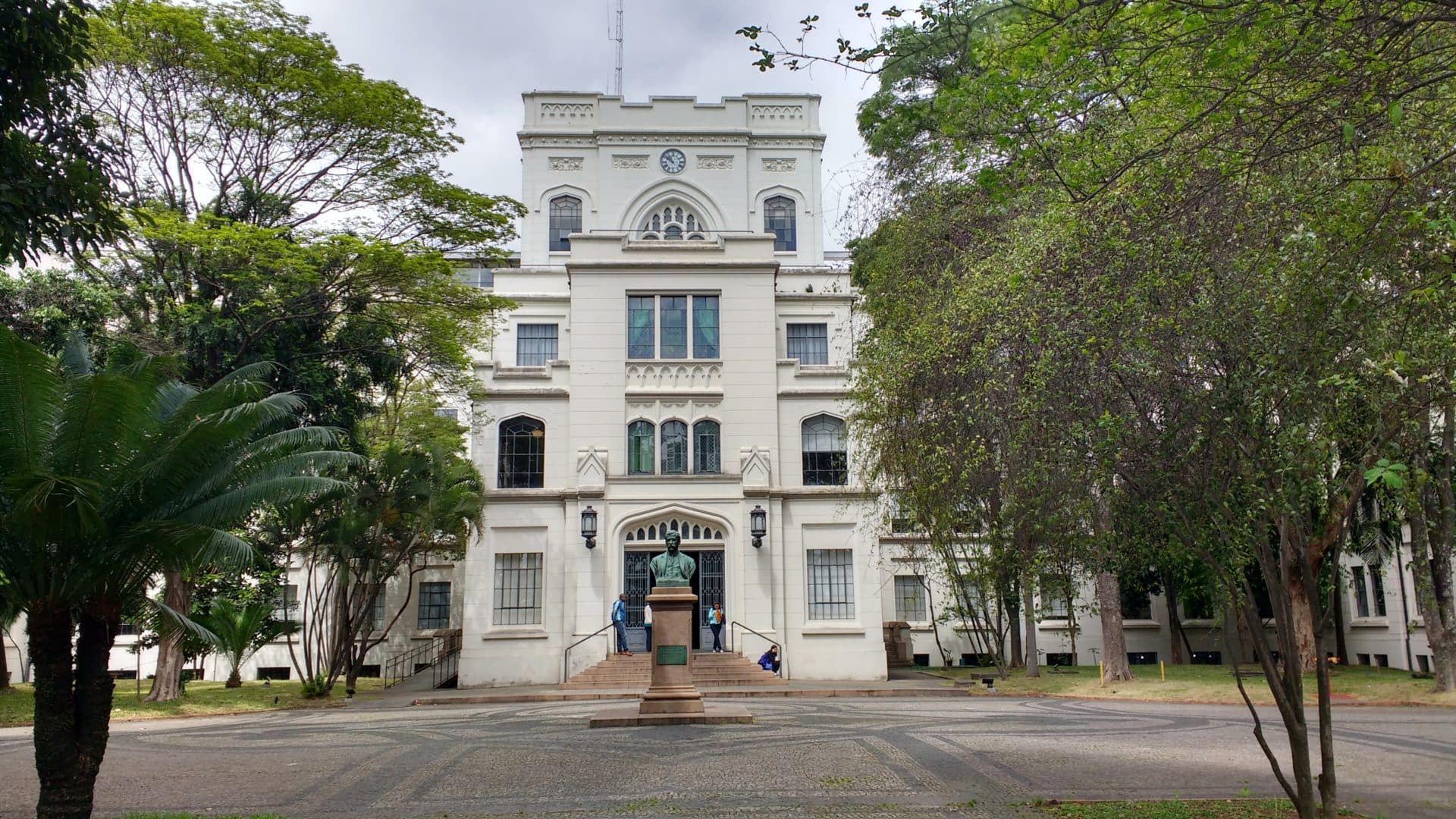

A machine learning predictive model that analyzes breast cancer evolution variability and treatment responses to estimate patient risk levels and survival rates. Using electronic medical records from 3,769 patients across four breast cancer subtypes (Luminal-A, Luminal-B, HER-2, and TNBC), the model helps healthcare professionals make more informed treatment decisions and optimize resource allocation in Brazil's public healthcare system (SUS).
Predict breast cancer evolution variability and treatment responses
Estimate patient survival rates categorized by quartiles
Enable efficient resource allocation in public healthcare system
Support personalized treatment planning based on data-driven insights
Improve quality of life through optimized consultation scheduling
Processing 61,684 records with 104 columns from dispersed medical data
Handling biased data from tertiary-level hospital specializing in complex cases
Addressing data quality issues including missing values and inconsistencies
Preventing overfitting while maintaining model generalization capability
Ensuring clinical relevance while meeting privacy regulations
Achieved 74.70% accuracy using K-Nearest Neighbors model
Successfully compared Decision Tree, KNN, Neural Networks, and SVM models
Identified key predictive features: tumor duration, menarche age, patient age
Implemented CRISP-DM methodology for structured data mining
Developed comprehensive data treatment pipeline for medical records
I'm always open to discussing new projects, creative ideas, or opportunities to be part of your vision.
© 2025 Elias Biondo. Based in São Paulo, Brazil.